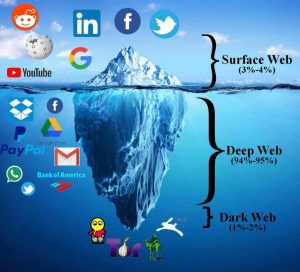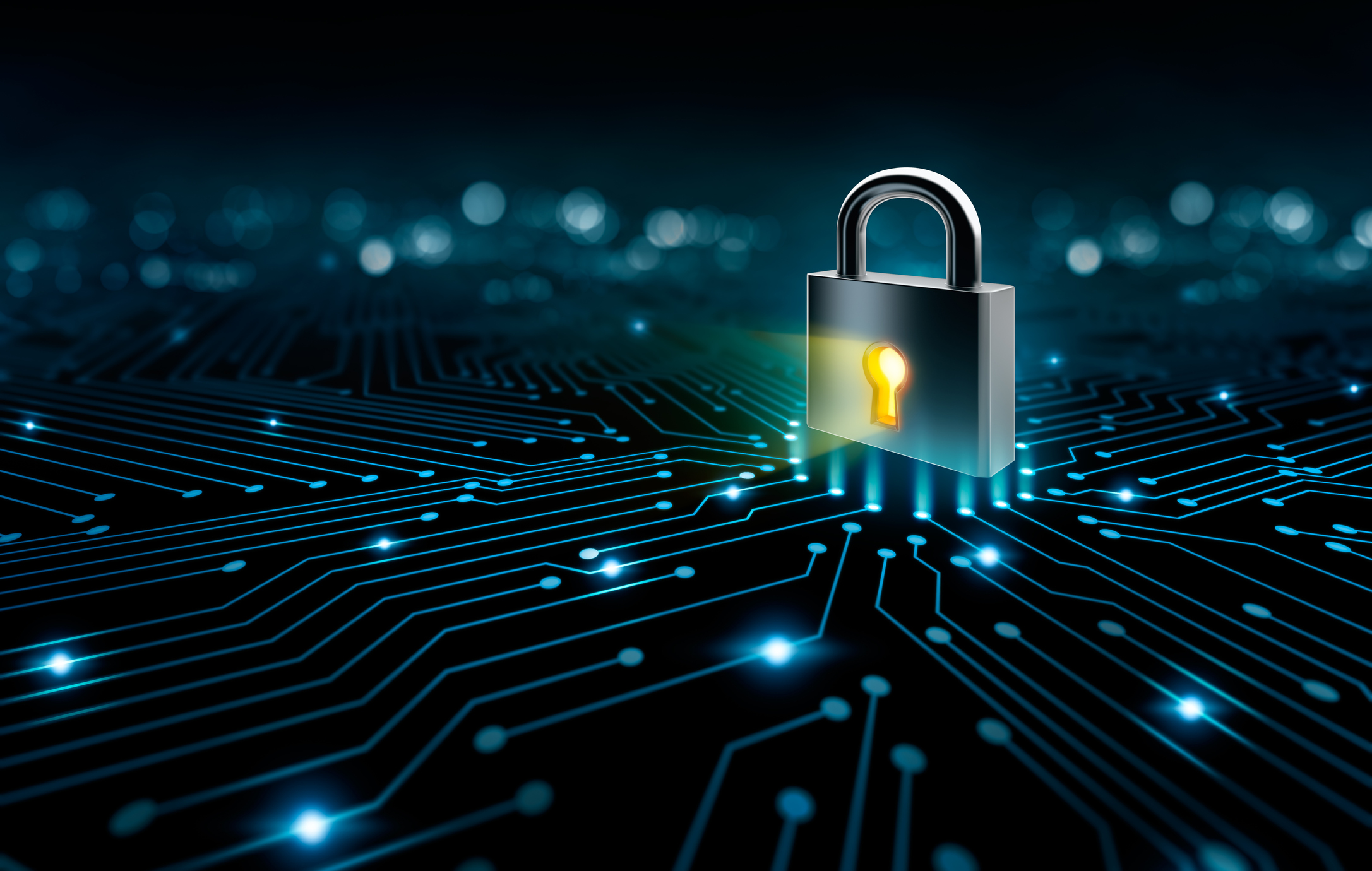Navigating the Complex Landscape of Cybersecurity Threats: A Comprehensive Guide for 2024
In the evolving world of digital transformation, cybersecurity threats are becoming more complex, diverse, and sophisticated. As businesses, governments, and individuals move their operations online, the risk of encountering cybersecurity breaches continues to rise. In 2024, cybersecurity experts are particularly concerned about a new wave of threats fueled by artificial intelligence (AI), ransomware, and supply chain vulnerabilities. This article will explore the current state of cybersecurity threats, examine the potential impacts on various industries, and offer actionable strategies for defending against these emerging risks.
AI-Driven Cybersecurity Attacks in 2024

Artificial intelligence (AI) is no longer just a tool for enhancing productivity; it’s also being used by cybercriminals to create more potent attacks. In 2024, AI-driven attacks are expected to increase, enabling attackers to design sophisticated phishing campaigns, bypass security defenses, and automate their malicious activities. AI systems can analyze vast amounts of data to identify weak points in a network, and then exploit these vulnerabilities to carry out more effective cyberattacks.
Benefits of AI in Cybersecurity Defense
While AI presents significant risks when used by cybercriminals, it also offers substantial benefits for defending against these threats. AI-driven security tools can detect anomalies and potential threats more efficiently than traditional methods. By leveraging machine learning and behavioral analytics, AI can identify suspicious activities that might otherwise go unnoticed, enabling businesses to respond faster to potential breaches.
Example: AI-Driven Phishing Attacks
One of the most common AI-powered threats is phishing. Cybercriminals are using AI to craft highly convincing emails that are nearly indistinguishable from legitimate communications. For example, an attacker could use AI to replicate a CEO’s writing style and send a fraudulent email to an employee, requesting sensitive information or financial transfers. Traditional email filters might miss these attacks due to the personalized and dynamic nature of the messages.
Ransomware Attacks Targeting Critical Infrastructure

Ransomware attacks have been a persistent issue for years, but in 2024, there is an increasing focus on high-value targets such as critical infrastructure. Sectors like healthcare, energy, and financial services are particularly vulnerable to these types of attacks due to their dependence on digital systems for daily operations.
Ransomware attacks involve encrypting the victim’s files and demanding payment, usually in cryptocurrency, in exchange for decryption keys. What sets apart modern ransomware attacks is their ability to cause widespread disruption. Attackers no longer only target individuals or small businesses but now focus on large-scale organizations that impact national security, public safety, and the global economy.
Benefits of a Ransomware Protection Strategy
Businesses can minimize the impact of ransomware by implementing robust security measures, such as:
- Regular backups: Ensure that all critical data is regularly backed up and easily recoverable in case of an attack.
- Employee training: Educate staff about identifying suspicious emails and avoiding unsafe links or attachments.
- Network segmentation: Isolate critical systems from non-essential ones to prevent the spread of malware.
Example: The Colonial Pipeline Attack
A prime example of the devastating effects of ransomware on critical infrastructure is the Colonial Pipeline attack in May 2021. The ransomware group DarkSide successfully targeted one of the largest fuel pipelines in the United States, leading to widespread fuel shortages across the eastern United States. The attackers demanded a ransom, which was later paid, but the long-term disruption was felt by millions of people.
The Growing Threat of Supply Chain Vulnerabilities
In today’s interconnected world, no organization operates in isolation. A cybersecurity breach in a third-party vendor’s system can lead to widespread consequences for all connected entities. Supply chain attacks have become more prevalent, as cybercriminals recognize that compromising a single trusted partner can provide access to a network of potential targets.
Benefits of Securing the Supply Chain
Securing the supply chain is critical for protecting sensitive data and preventing widespread breaches. By conducting thorough vetting of third-party vendors and requiring them to meet cybersecurity standards, organizations can mitigate the risk of a supply chain attack. Additionally, businesses should implement multi-factor authentication (MFA) and ensure that all communication channels are encrypted.
Example: SolarWinds Hack
One of the most notable supply chain attacks in recent years was the SolarWinds hack in 2020. Attackers compromised the software company’s Orion platform, which is used by thousands of organizations, including government agencies and Fortune 500 companies. By exploiting a vulnerability in the Orion software, hackers were able to infiltrate the networks of SolarWinds’ clients and steal sensitive information over a period of several months.
Highly Evasive Adaptive Threats (HEAT)
Highly evasive adaptive threats (HEAT) refer to cyberattacks designed to evade traditional security defenses. These attacks are often sophisticated and tailored to bypass detection mechanisms by exploiting the technical limitations of common security tools such as firewalls, antivirus programs, and intrusion detection systems.
Benefits of HEAT Detection Systems
To counter HEAT attacks, organizations need to adopt adaptive threat detection technologies that use AI and machine learning to analyze network traffic, identify unusual patterns, and detect even the most subtle intrusions. These systems continuously evolve based on new threats, improving their ability to detect future attacks.
Example: Silent Triggers in HEAT Attacks
An example of a HEAT attack might involve a cybercriminal inserting malicious code into an innocent-looking software update, which, when installed, triggers the attack. The malicious code is designed to remain dormant for a while, avoiding detection by antivirus software until it’s activated at a later stage. Such attacks can be difficult to prevent without advanced detection techniques.
The Dark Web and Its Impact on Cybersecurity

The dark web is a hidden part of the internet that is frequently used for illegal activities, including the sale of stolen data, ransomware tools, and other malicious resources. Cybercriminals often use the dark web to buy and sell access to compromised networks, making it a major hub for cybercrime.
Benefits of Dark Web Monitoring
Businesses can protect themselves from dark web threats by regularly monitoring dark web forums and marketplaces for stolen credentials, exposed data, or the sale of cybercrime tools. Early detection of these activities can provide critical insights into potential attacks and allow organizations to take preventive measures.
Example: The Sale of Stolen Credit Card Data
One of the most common types of illegal activity on the dark web is the sale of stolen credit card information. Cybercriminals often target retailers, banks, and payment systems to obtain large volumes of sensitive customer data. Once stolen, this data is sold to the highest bidder on dark web marketplaces, where it can be used to carry out fraudulent transactions.
Cybercrime Trends in Latin America
Latin America has become a hotspot for cybercrime activities, with Mexico facing over half of the region’s cyberattacks. The increasing frequency of cyberattacks in Latin America is attributed to factors such as economic instability, political unrest, and the region’s growing reliance on digital technologies.
Benefits of Strengthening Cybersecurity in Latin America
To mitigate these growing threats, Latin American countries must invest in cybersecurity infrastructure, improve public awareness, and foster international cooperation to tackle cross-border cybercrime. Cybersecurity training and capacity-building initiatives can help businesses and government agencies respond more effectively to threats.
Example: Mexico’s Rise in Cybercrime
In Mexico, the surge in cybercrime is partly due to its proximity to the United States, which makes it a prime target for cybercriminals seeking to exploit vulnerabilities in international supply chains. Additionally, the use of social engineering tactics has led to a rise in identity theft and financial fraud across the country.
The Importance of Proactive Cybersecurity Measures
As cybersecurity threats become more sophisticated, businesses and individuals must adopt a proactive and holistic approach to protect themselves. The risks posed by AI-driven attacks, ransomware, supply chain vulnerabilities, and dark web activities require continuous vigilance and adaptation. By implementing advanced threat detection systems, investing in employee training, and securing supply chains, organizations can reduce the impact of these threats and maintain a robust defense against the growing wave of cybercrime.
In conclusion, the landscape of cybersecurity is rapidly changing, and only those who stay informed and agile will be able to defend against the emerging threats of 2024 and beyond. The integration of AI and advanced security technologies, combined with a thorough understanding of the latest attack vectors, is key to maintaining a secure and resilient digital environment.










